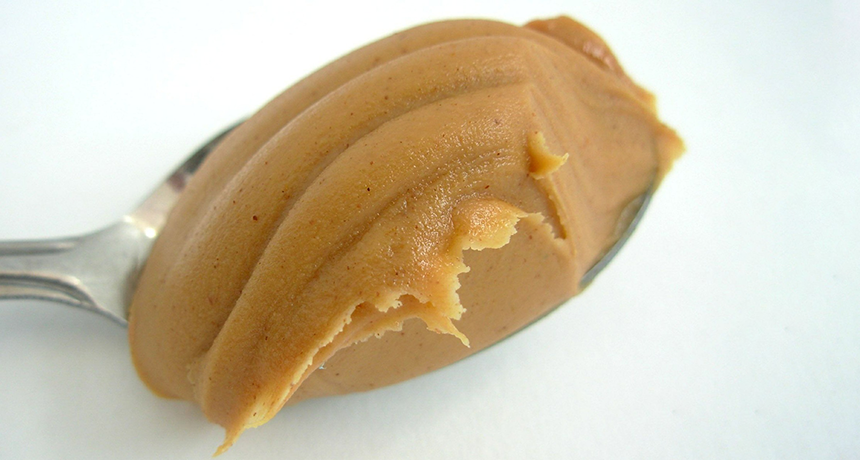Questions for ‘Cool Jobs: Puzzling over proteins to study life and death’

Protein-packed peanut butter is working as a medecine in some parts of Africa.
deborahmiller56/ Pixabay (CC0)

Protein-packed peanut butter is working as a medecine in some parts of Africa.
deborahmiller56/ Pixabay (CC0)
Register to access:
An error occurred. Please try again.
Already Registered? Enter your e-mail address above.